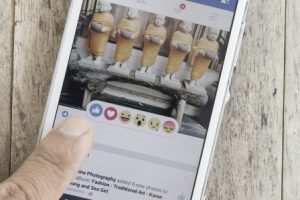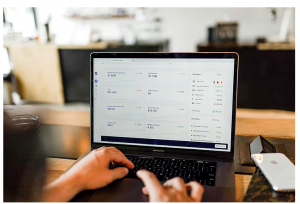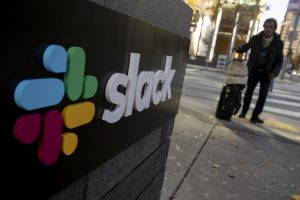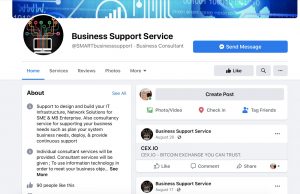by Laurie Sullivan@lauriesullivan, August 25, 2016
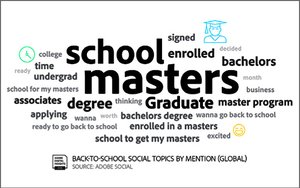
Marketers might need to rethink ways to reach higher-educated consumers, as discretionary spending could take a back seat for many during the next few years as the job market continues to shift.
With the topic of back to school on everyone’s mind, Adobe Digital Insights (ADI) set out to analyze consumer behavior of students and graduates, pulling data about higher education schools and the influences changing their spending habits.
ADI’s first U.S. Education Benchmark Report examined 2.5 billion visits from 110-plus U.S. education companies and institutions from January 2013 through June 2016, based on aggregated and anonymous data.
The segments include K-12, primary and secondary fee-based college preparatory schools, and post-secondary schools, such as career, community, baccalaureate, and post-graduate institutions.
Since many employers have shifted policies when contributing to an employee’s financial education, the data shows graduates will enter the workforce with ample debt. It will put pressure on marketers to rethink pricing on goods and services, as a result of a squeeze on spending for discretionary goods. The data points to an even bigger “dogfight,” says Tamara Gaffney, principal analyst and director at Adobe Systems for the ADI group.
“If we have a lot of people doing part-time school programs for four or five years while they work, that’s a whole lot of time and money that will impact spending down the road because it needs to be paid for,” she says.
Interestingly, the biggest conversations on Twitter, based on more than 12 million mentions from May 2015 through July 2016 around school wasn’t about K-12, but rather Masters Programs.
ADI found the keywords “masters” and “school” were the most frequently used terms in social media. Women made up nearly 60% of the buzz around graduate programs, with the most awarded being a business degree.
The data also suggests that while the back-to-school season—August through September—had the most visits to education-related Web sites and the highest education-related social buzz, marketers should target students during the traditionally off-peak months to get their attention.
Web site traffic mostly consisted of those coming from desktops, not mobile devices. Unlike the media and entertainment sectors, which garner more than 50% of site visits from mobile traffic, students at high schools and universities are not accessing their educational institutions from a mobile device.
The data also shows a higher interest in nontechnical fields, which also suggests a trend in individuals looking for jobs with lower-paid wages. The data comes from individuals downloading Adobe Acrobat. About 1.8 million have filed out a form identifying their studies and themselves as student when downloading Adobe Acrobat.
When it comes to social buzz, Stanford University averaged the highest monthly social mentions at around 10,771. The University of California with 7,175; Harvard University with 4,301; University of Pennsylvania with 4,077, and MIT with 2,150 round out the top five.
Stanford University and The University of California at Berkley take the top two spots when it comes to the schools producing the most digitally social-future CMOs, per Adobe’s data.
MediaPost.com: Search Marketing Daily
(27)
Report Post
